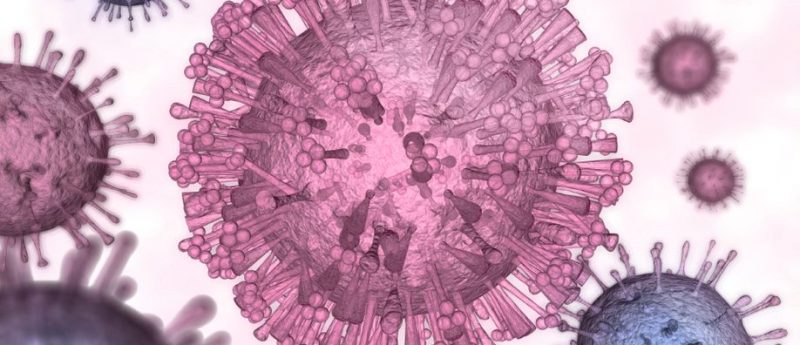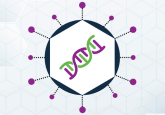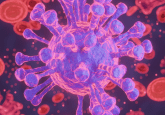Could a machine-guided approach revolutionize AAV capsid generation for gene therapy?

Scientists based at the biotechnology company Dyno Therapeutics (MA, USA) and Harvard University (MA, USA) have published research detailing a machine-guided approach that could be used to produce improved adeno-associated virus (AAV) capsids to be used as vectors for gene therapy.
The research, published in Science, describes the implementation of a machine-guided approach, that gathers vast amounts of data and – through the use of new high throughput measurement technologies – addresses the limitations of current capsid libraries.
AAV capsids are one of the most common vectors for gene therapy due to an established track record of therapeutic payload delivery and a good safety profile. It is, however, necessary to synthesize AAV capsids because the naturally occurring serotypes are limited by critical properties, including targeting, immunogenicity, viral production levels and transduction efficiency.
Engineering AAV capsids is a challenge due to the complexity of the capsid protein and the not yet fully understood relationship between AAV capsids and the body. Traditional capsid engineering campaigns utilize random mutagenesis approaches, generating vast libraries with few viable capsid proteins.
In this research, scientists targeted the AAV type 2 capsid and after generating a complete landscape of all single codon, substitutions, insertions and deletions, measured the functional properties important for in vivo delivery. The team were able to outperform traditional random mutagenesis approaches by combining these data with a machine-guided approach, successfully generating diverse libraries of AAV capsids featuring multiple changes targeting the mouse liver.
It is also reported that the systematic approach uncovered the existence of an unrecognized protein encoded in the sequence of most commonly used AAV capsids. The scientists believe the protein – that they termed the membrane-associated accessory protein – could play a role in the lifecycle of AAV.
Coauthor Eric Kelsic, CEO and cofounder (Dyno Therapeutics) explained: “The results in the Science publication demonstrate, for the first time, the power of linking a comprehensive set of advanced techniques – large scale DNA synthesis, pooled in vitro and in vivo screens, next-generation sequencing readouts and iterative machine-guided capsid design – to generate optimized synthetic AAV capsids.”
It is hoped that this research could improve outcomes for patients who can benefit from gene therapies. Coauthor Sam Sinai, Lead Machine Learning Scientist and cofounder (Dyno Therapeutics) speculated: “This is just the beginning of machine-guided engineering of AAV capsids to transform gene therapy. The success of the simple linear models used in this study has led us to pursue more data and higher capacity machine learning models, where the potential for improvement in capsid designs feels boundless.”
Source: Ogden PJ, Kelsic ED, Sinai S et al. Comprehensive AAV capsid fitness landscape reveals a viral gene and enables machine-guided design. Science. 366(6469), 1139–1143 (2019); www.eurekalert.org/pub_releases/2019-11/wifb-hwi112219.php






